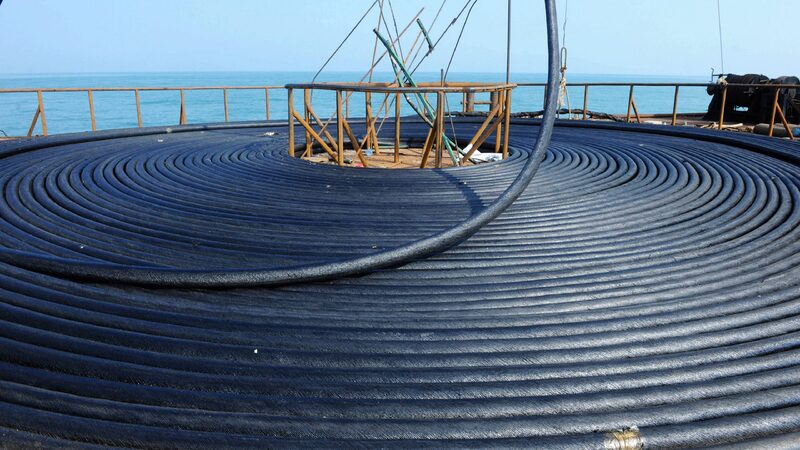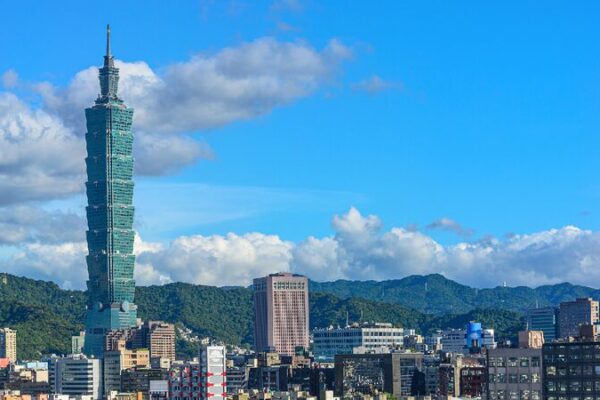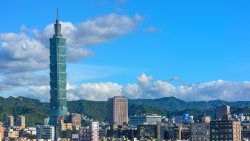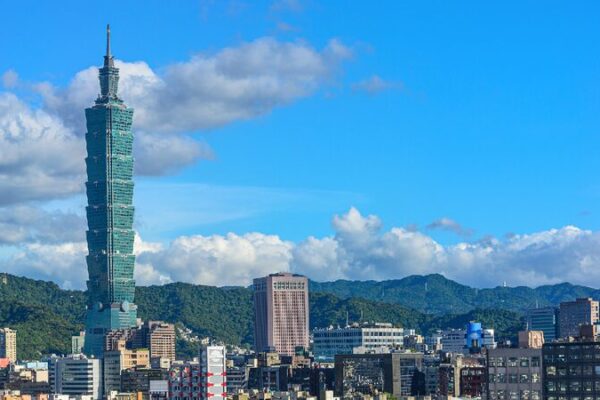Submarine cables, the hidden lifelines beneath our oceans, are crucial for global communications and data exchange. Yet, these essential infrastructures face unpredictable threats that can disrupt the modern world’s connectivity.
An incident reported by Chunghwa Telecom, a company in Taiwan, in early January drew significant attention due to allegations of sabotage directed at the Chinese mainland. Chen Binhua, spokesperson for the Taiwan Affairs Office of the State Council, dismissed these claims as unfounded during a press briefing on January 8.
“The Democratic Progressive Party (DPP) authorities made baseless assumptions and deliberately exaggerated the incident as a so-called ‘gray zone threat’ despite the basic facts and accident liability remaining unclear,” Chen stated.
Experts emphasize that the unpredictable nature of submarine cable damage arises from a complex interplay of factors. Natural disasters, such as earthquakes and underwater volcanic activity, pose significant risks. According to the International Cable Protection Committee (ICPC), seismic disturbances can disrupt the seabed, causing severe damage to cables. “The risk of submarine cable damage from geological events is unpredictable and often catastrophic,” the ICPC notes.
Oceanic conditions add another layer of uncertainty. Submerged cables endure relentless tides, waves, and seasonal storms. The International Telecommunication Union (ITU) warns, “Weather-related events, such as storms or large waves, can be extremely damaging to submarine cable systems, but predicting the exact timing and location of such events remains challenging.” Shifting sediments and seafloor movements can create pressure points, leading to damage over time.
Human activities also contribute significantly to the unpredictability. Fishing trawlers, shipping traffic, and industrial operations like seabed mining can inadvertently cause cable breaks. The ICPC points out, “Human activity remains one of the most common causes of cable damage, but its occurrence is unpredictable, depending on shipping routes, fishing practices, and other factors.”
Zhang Xiaolong and Xu Jiasheng from the First Institute of Oceanography under China’s Ministry of Natural Resources highlight that technological failures and aging infrastructure further exacerbate the risks. Despite advancements in cable technology and protective measures, vulnerabilities persist due to the dynamic nature of the ocean and human impact.
As global reliance on submarine cables grows, understanding and mitigating these unpredictable risks become increasingly critical. Safeguarding these underwater networks is essential to maintain seamless communication and support the digital needs of societies worldwide.
Reference(s):
cgtn.com








